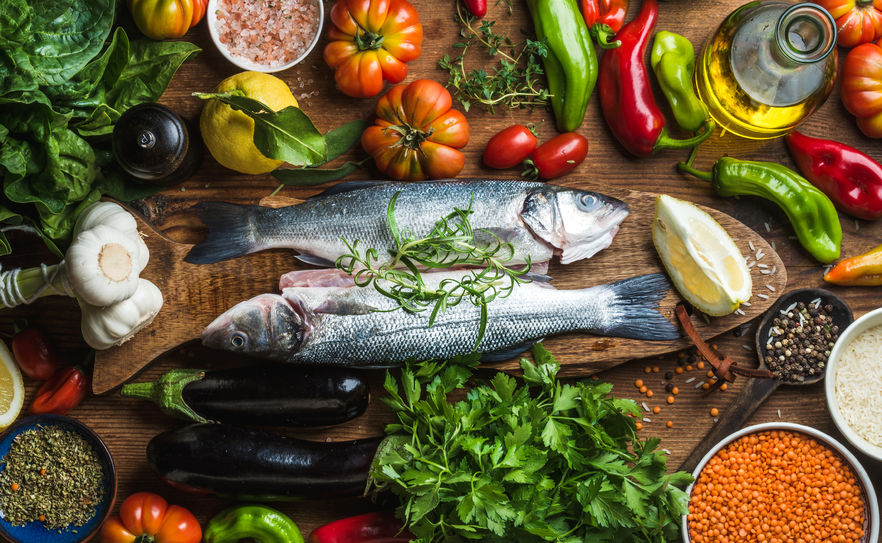Energy levels and food are intertwined. The old expression “We are what we eat” has a lot of truth to it. I always tell my clients that if you eat junk food you will feel like junk, but if you eat healthy food, you will feel healthy. Sometimes we don’t make that association.
Here is some useful information from Sai Krupa Das, PhD, a scientist on the Energy Metabolism Team at the Human Nutrition Research Center on Aging: “The food you eat supplies your body’s energy needs,” according to Das.
Energy Levels and Food
Here are the details of the relationship between energy levels and food. It contained a comprehensive explanation of what foods help energy levels and which are energy sappers.
Macronutrients:
Foods contain energy in the form of carbohydrates, proteins, and fats. When you eat, digestion breaks down these macronutrients into smaller molecules that are absorbed from your digestive system into your body. Once absorbed, these molecules enter cells and are transformed into energy or stored as fatty acids. These are the fuels we use to maintain our bodies and move about the world.
Micronutrients:
Foods also provide essential vitamins and minerals—referred to as micronutrients. “Micronutrients serve as important agents for harvesting energy from foods,” says Das.
• Magnesium, thiamine (vitamin B1), riboflavin (vitamin B2), niacin (vitamin B3), pantothenic acid (vitamin B5), biotin (vitamin B7), vitamin C, and coenzyme Q10 are required for the reactions that produce energy.
• Other micronutrients are necessary for energy in different ways.
• Iodine is needed to form thyroid hormones that play an important role in metabolism. Iron deficiency can lead to anemia, which causes fatigue and weakness.
• Deficiency of vitamin B12 can lead to megaloblastic anemia, which also causes fatigue.
• A healthy dietary pattern supplies all of these micronutrients in adequate amounts.
Without adequate intake of nutrients, our metabolism may not perform at its peak, and we may feel less energetic. “Making sure the foods we eat are optimal in composition is the healthiest way to create sustained energy for our bodies,” says Das.
What to Eat.
A healthy dietary pattern is the best way to optimize energy production and, at the same time, overall health and well-being. This means following a diet that includes:
• Micronutrients from minimally processed fruits, vegetables, nuts/seeds, beans/lentils, whole grains, fish, and dairy products. Eating a wide variety of these foods helps ensure adequate intake of micronutrients and other bioactive compounds to support metabolism and health. (These foods are also healthy sources of carbohydrates, fats, and protein.)
• Modest protein from plant sources like legumes and nuts as well as healthy animal sources like seafood, yogurt, and possibly cheese. Eggs, poultry, and red meat (unprocessed) in moderation are also reasonable.
• Plenty of unsaturated fats from sources like plant oils, nuts/seeds, fruits (like avocado and olives), and fish.
• Dietary supplements should not be necessary if you are consuming a healthy dietary pattern unless you had gastric or intestinal surgery or have strict dietary restrictions.
What to Avoid.
Some foods and beverages may seem to offer a short-term energy boost but are not good for overall energy or health in the long run.
• Refined carbohydrate foods are a prime example.
• Foods like sweets, cereals, and starches made with white flour and/or added sugars are rapidly digested, sending the sugar glucose pouring into the bloodstream.
• While glucose is one of the body’s preferred energy sources, the rapid influx of sugar causes insulin levels to rise quickly to move the glucose molecules out of the blood.
• This can lead to a sudden drop in blood glucose that leaves us feeling tired. Diets high in refined carbohydrates are associated with a whole host of health problems.
• Energy and sports drinks are heavily advertised to boost energy levels. Often high in added sugars, caffeine, and other stimulants, these products offer a quick fix, but are not a healthy option for sustained energy.
• For sustained energy get your carbohydrates from less processed, micronutrient- and fiber-rich foods, such as fruits, beans, whole grains, and vegetables.
• These foods contain fully or partially intact cellular structure which slows digestion, so the blood sugar that provides our energy source is absorbed slowly and evenly.
Lifestyle Tips:
In addition to consuming a healthy dietary pattern and limiting or avoiding “energy busters” like refined carbs and sports and energy drinks, it’s critical to be physically active, drink adequate amounts of water, get sufficient sleep, and reduce stress to optimize your energy levels.
Click here to read more about energy levels and food.






